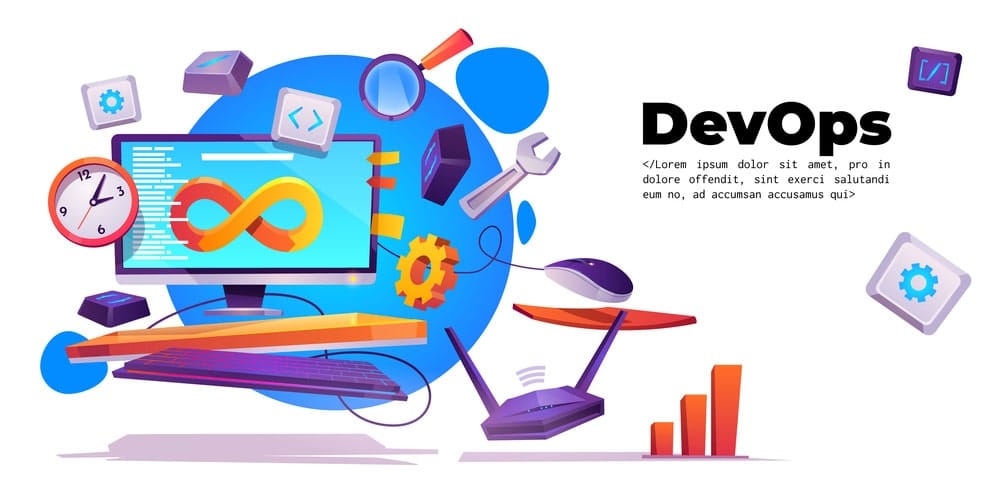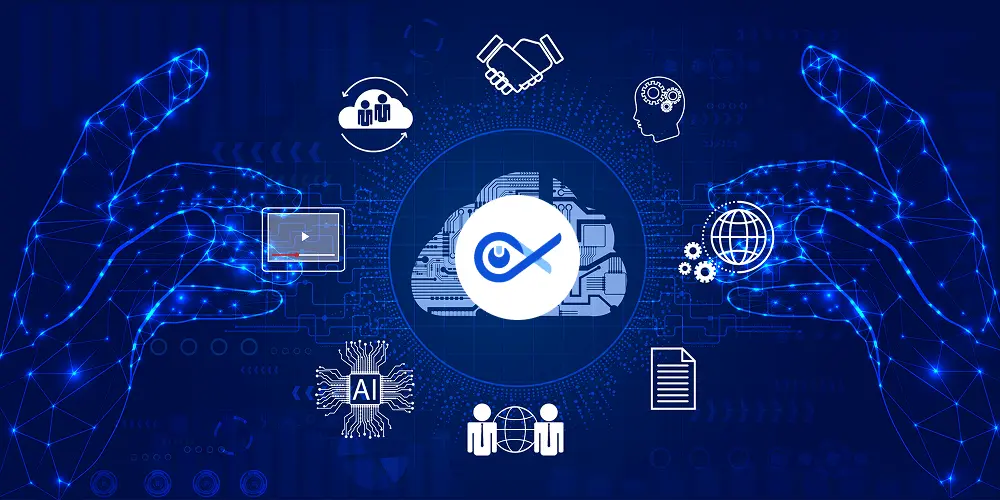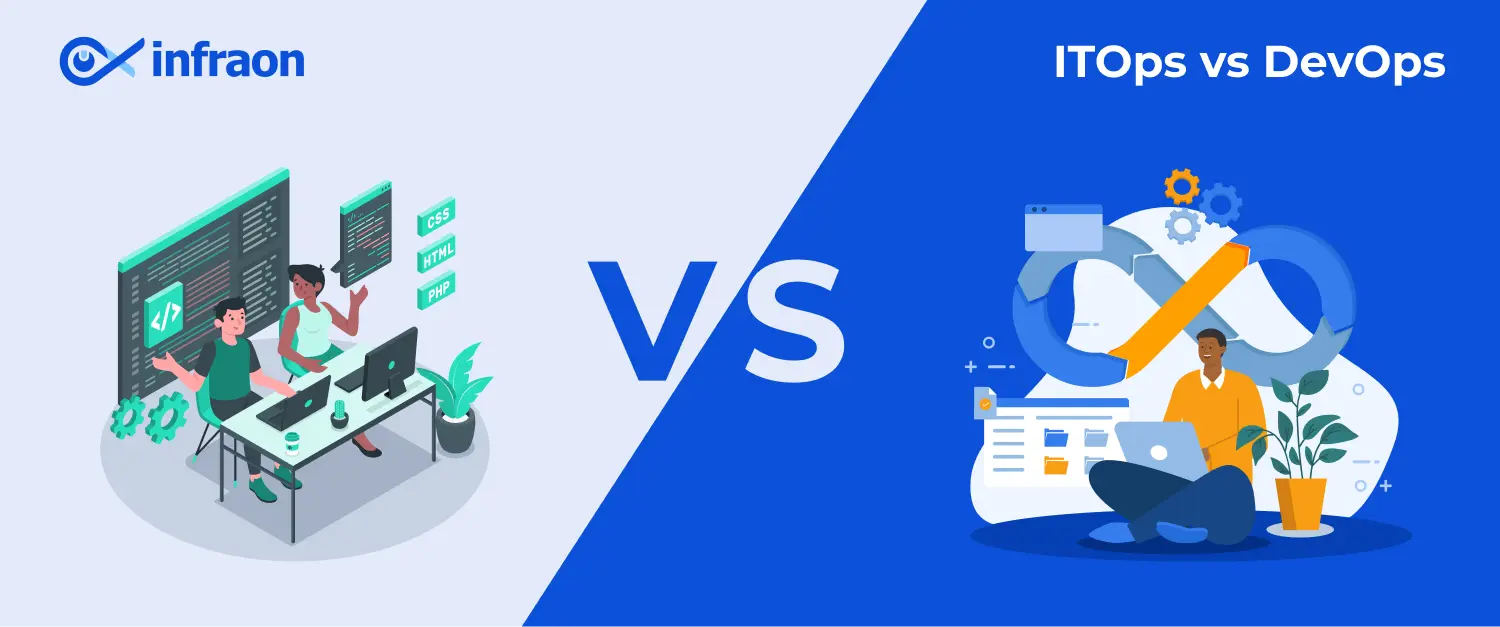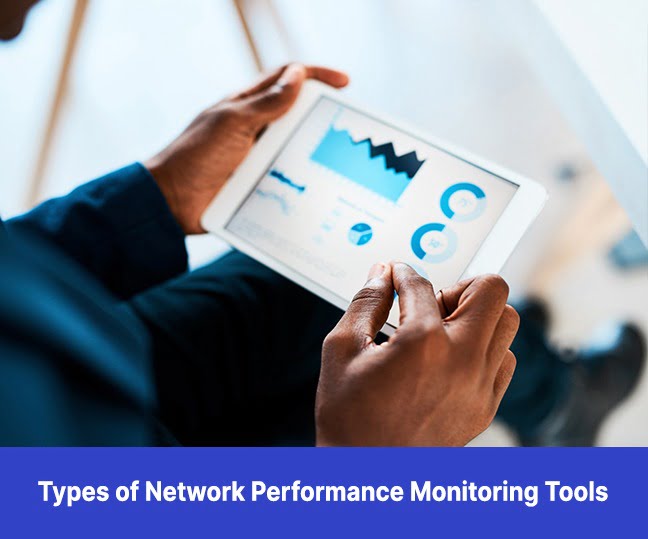The conversation around ITOps vs DevOps continues as organizations pursue agile development and responsive service delivery. While both practices share the goal of improving software and infrastructure management, they emerge from distinct historical, operational, and cultural backgrounds.
Understanding how these models differ at their core helps decision-makers choose the most suitable operating strategy and align their teams for smoother collaboration.
In this blog, let’s explore IT operations vs DevOps from a technical standpoint. We compare their scope, responsibilities, strategies, and delivery priorities.
Related blog: What is Load Balancing? How It Works to Optimize Network Performance?
What Is ITOps?

ITOps refers to the set of activities performed by infrastructure and operations teams to maintain stable, monitored, and well-maintained computing environments. These teams manage physical and virtual assets, including servers, storage, networking devices, databases, and endpoint systems.
ITOps, which also encompasses day-to-day responsibilities, includes handling system upgrades, patch management, fault response, backup procedures, and incident routing. Traditional ITOps functions revolve around service uptime, hardware lifecycle management, vendor coordination, and compliance enforcement.
With the rise of hybrid architectures, the ITOps function now extends to public cloud integrations, container host management, and orchestration tooling that supports variable workloads and distributed systems.
What is DevOps?

DevOps combines development and operations into a shared working model that prioritizes rapid code delivery and continuous feedback. Unlike ITOps, which focuses on infrastructure resilience, DevOps focuses on reducing handoff barriers and supporting short feedback loops between code writing and production usage.
The DevOps model incorporates continuous integration, automated testing, infrastructure-as-code, and deployment pipelines that track every step from repository to runtime. Teams working in a DevOps model rely heavily on configuration templates, container runtimes, and monitoring hooks embedded into build steps. This approach minimizes drift between environments and accelerates the discovery of defects.
How we helped a global manufacturer gain
75% improvement in staff productivity
ITOps vs DevOps: A Structural Comparison

Comparing IT Ops vs DevOps requires more than a surface-level analysis. The two operate under different rhythms and service definitions.
ITOps defines service delivery in terms of uptime, latency, and incident response time. DevOps defines delivery through metrics such as deployment frequency, recovery time from failures, and lead time for new features.
Where ITOps may focus on scheduled maintenance windows, patch sequencing, and incident queue triage, DevOps teams emphasize test automation, version control integration, and observability baked into their pipelines.
This divergence reflects a shift in how software is delivered — from monolithic rollouts to iterative changes running on automated infrastructure.
Collaboration Models Between ITOps and DevOps
Although ITOps and DevOps have separate priorities, modern delivery demands cooperation. Shared responsibility models now encourage operational awareness among developers and automation fluency among system administrators. Each team brings a unique perspective to troubleshooting, security, and compliance posture.
Common integration practices include embedded site reliability engineers (SREs) within DevOps teams or platform engineering groups that serve development and infrastructure domains.
This cross-pollination creates resilience during release cycles, post-mortem reviews, and capacity planning sessions. Even though cultural differences remain, collaborative toolchains and synchronized monitoring objectives drive cohesion.
Use Case Differences: DevOps vs IT
DevOps use cases
DevOps thrives in software delivery pipelines, microservice deployment, and the rollouts of user-facing applications. Speed, consistency, and rollback control are the most important factors. These environments benefit from staging environments, automated tests, and tight feedback loops.
- Software delivery pipelines with frequent code commits
- Microservice deployment across distributed systems
- User-facing application rollouts with iterative updates
- Automated testing and validation during development cycles
- Rollback and version control in continuous delivery models
ITOps use cases
ITOps anchors itself in hardware refresh cycles, directory services management, desktop support, and service desk triage. These responsibilities require longer-term planning, vendor coordination, and escalations based on the incident’s impact. Infrastructure teams also track environmental controls, such as power and cooling, and handle service continuity during disaster recovery efforts.
- Hardware refresh cycles and lifecycle planning
- Directory services and user access management
- Desktop support and endpoint configuration
- Service desk triage and incident routing
- Environmental control monitoring (power, cooling)
- Disaster recovery and service continuity operations
- Vendor coordination for infrastructure assets
How we deployed a single-screen ITOps solution
for a large Indian utility company
Monitoring and Observability in ITOps vs DevOps
In these models, monitoring plays a major role, but the purpose and implementation differ. ITOps focuses on system health, uptime tracking, and infrastructure thresholds. Traditional tools include SNMP traps, syslog analyzers, and server monitoring dashboards designed to alert teams of hardware or service degradation.
DevOps environments use observability platforms that integrate logging, metrics, and traces to provide a unified view of code behavior across environments. These platforms often connect to CI/CD systems to correlate deployment events with performance issues.
The goal is to embed awareness into each development phase, allowing teams to detect regressions during early feedback cycles.
Change Management in DevOps and IT Operations
Approval and documentation processes differ between ITOps and DevOps practices. In ITOps, changes go through formal approvals, often driven by CAB (Change Advisory Board) workflows. These include risk assessments, scheduled rollout windows, and post-deployment verification.
DevOps models use automated change validation, such as canary releases, blue-green deployments, and test gates within deployment pipelines. Each change is recorded through version control, tagged with build numbers, and linked to deployment metadata. This method reduces the time between coding and validation, though it requires strong observability and rollback strategies.
Security Ownership in DevOps vs IT Operations
Security priorities span both domains, but their coverage varies. ITOps is often responsible for endpoint protection, network access control, identity federation, and patch compliance. These safeguards reduce exposure to known vulnerabilities and unauthorized access attempts.
DevOps teams embed security practices into development workflows. Code scanning, dependency audits, secret management, and permission scoping all happen early in the software delivery cycle. DevSecOps models expand this further by placing security engineers within DevOps teams, bridging gaps between infrastructure protection and application-layer defense.
Governance and audit readiness
ITOps teams support governance mandates, including configuration baselines, asset lifecycle management, and access reviews. These tasks feed into internal controls and third-party audits. Logs are stored in compliance-grade formats, with retention policies tied to regulatory frameworks.
DevOps toolchains support governance by versioning infrastructure changes, tracking deployment approvals, and recording audit trails of user actions. Git-based workflows provide transparency into who made changes and when they were made. This traceability helps reconcile rapid development with audit readiness.
Choosing the Right Operating Model: ITOps vs DevOps
Blending models based on service type
Many organizations apply ITOps and DevOps, depending on the workload. Systems with regulatory requirements or complex dependencies often stay within ITOps workflows, while fast-moving product teams operate through DevOps pipelines for quicker release cycles.
Dual-mode operations for legacy and cloud
A hybrid model enables companies to maintain traditional controls for legacy environments while adopting agile practices for cloud-native services. This separation helps balance modernization with continuity across infrastructure tiers.
Aligning roles with maturity and risk
Rather than choosing one model universally, the decision rests on how well the responsibilities align with the system’s stability, delivery needs, and compliance goals. Clear accountability, integrated tooling, and collaboration ensure smoother execution.
Delivery Metrics and KPIs: DevOps vs ITOps
Key performance indicators (KPIs) differ across DevOps and IT Operations (ITOps) teams. DevOps focuses on lead time, implementation frequency, MTTR, and change failure rates. These metrics reflect how quickly teams can deliver, validate, and recover from software updates.
Tools like DORA metrics dashboards are widely used in DevOps organizations to track these outcomes.
DevOps KPIs
- Lead time for changes
- Deployment frequency
- Mean time to recovery
- Change failure rates
- Code stability post-deployment
In ITOps, KPIs often revolve around incident response time, mean time between failures, service availability, and ticket closure rates. These figures reflect the stability of infrastructure, service desk performance, and the responsiveness of operational support.
Service-level agreements guide many of these targets, especially for customer-facing environments and compliance-sensitive workloads.
ITOps KPIs
- Incident response time
- Mean time between failures
- Service availability
- Ticket closure rates
- SLA compliance rates
- Root cause identification time
The Future of ITOps – AI Automation
and a Unified Approach
Related Blog: DevOps Evolution 2025: Assessing ITIL vs Agile for ITSM Excellence
Infraon Infinity is a Fully Integrated ITOps Modernization Platform

Infraon Infinity is a SaaS-based, fully integrated ITOps platform for SMEs and large enterprises. This modular platform makes it easy for your organization to start small and scale high and wide while overcoming the challenges of multi-vendor tools. It offers a stress-free approach to modernization based on your business and budget priorities and comes with a single source of data insights.
Infraon Infinity’s integrated software modules include asset management, ITSM, NMS, NCCM, and AIOps. Some of their business benefits are:
- 80% single-click resolution
- 40% reduced IT expenses
- 60% faster go-live time
- 60%+ increased productivity
- 100% data protection
Know more about Infraon Infinity
Need a single platform that can manage end-to-end ITOps? Please get in touch with marketing@infraon.io.



















